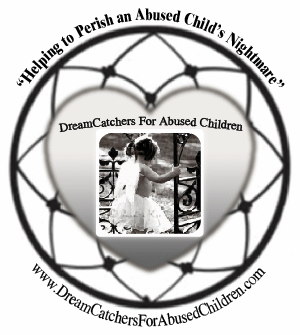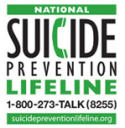 APRIL is National Child Abuse Prevention Month, a time to recognize that we each can play a part in promoting the social and emotional well-being of children and families in our communities. Child maltreatment is defined as “any recent act or failure to act on the part of a parent or caretaker, which results in death, serious physical or emotional harm, sexual abuse, or exploitation, or an act or failure to act which presents an imminent risk of serious harm.” The four major types of child maltreatment, neglect, physical abuse, sexual abuse, and emotional abuse, affect millions of children each year. They often take place in the home and come from a person the child knows well – a parent, relative, babysitter or friend of the family.
APRIL is National Child Abuse Prevention Month, a time to recognize that we each can play a part in promoting the social and emotional well-being of children and families in our communities. Child maltreatment is defined as “any recent act or failure to act on the part of a parent or caretaker, which results in death, serious physical or emotional harm, sexual abuse, or exploitation, or an act or failure to act which presents an imminent risk of serious harm.” The four major types of child maltreatment, neglect, physical abuse, sexual abuse, and emotional abuse, affect millions of children each year. They often take place in the home and come from a person the child knows well – a parent, relative, babysitter or friend of the family.
What causes these devastating acts to occur? Research has identified certain factors relating to the child, family, community, and society that are associated with an increased risk of abuse and neglect. When multiple risk factors are present, the risk is greater. Examples include young mothers and fathers unprepared for the responsibilities of raising a child, overwhelmed single parents with little support, and families placed under stress by poverty, divorce or a child’s disability. Families can also be stressed by worries about employment, finances, health, substance abuse, mental health, domestic violence, other problems, or are simply unaware of how to care for their children’s basic needs. Research has also shown that child maltreatment results in negative long-term health and mental health outcomes, including: mental illness, substance abuse, developmental disabilities, social problems with adults and other children, teen pregnancy, lack of success in school, alcohol and drug use, and domestic violence.
As National Child Abuse Prevention Month is observed, it is important to know that family members, educators, public officials, faith-based, and community organizations all play important roles in helping to ensure that the children are safe and can grow surrounded by love and stability.
Please check your local areas for Child Abuse Prevention Events and learn how you can help!! You can also check our 2013 CALENDAR for our upcoming events and to learn about the 1st National MILLION MARCH AGAINST CHILD ABUSE planned for Monday, April 22, 2013.

 Why I Had to Talk to My Kids About Sex Offenders
Why I Had to Talk to My Kids About Sex Offenders



































![Validate my RSS feed [Valid RSS]](http://dreamcatchersforabusedchildren.com/wp-content/uploads/2009/10/valid-rss.png)












